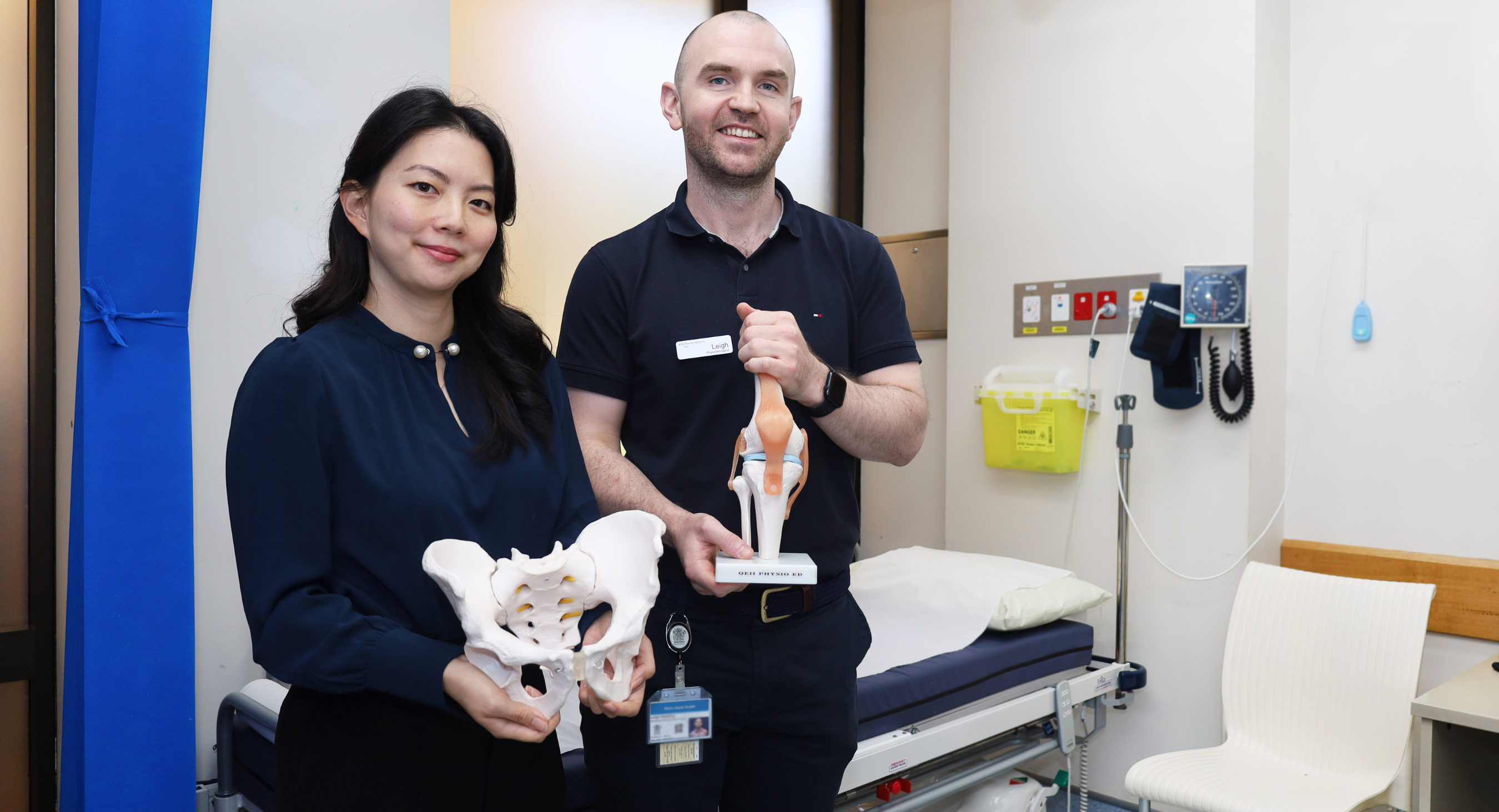
QEII is leading the way on collaborative care pathways, thanks to the launch of a multidisciplinary Rheumatology Clinic that’s streamlining care for waitlisted musculoskeletal patients.
Implemented by A/Director Emergency and Medical Services Alison Ryan in late February, the weekly Rheumatology Clinic bridges the gap between physiotherapy and medical management of chronic rheumatological conditions to fast-track care.
“The clinic has been established out of a clear need to better manage some of the musculoskeletal referrals that we get at QEII, and particularly to support those patients who will benefit from a combined approach,” explained Advanced Physiotherapist Leigh Hawkins (pictured right).
Housed at QEII’s Specialty Outpatients Department (SOPD), the collaborative pathway combines physiotherapy and rheumatology expertise to effectively triage category 1, 2 and 3 patients.
Leigh manages the Physiotherapy clinic, where patients are referred first for conservative assessment and triaging before liaising with the clinical team to develop a tailored care plan.
“Essentially, by having this clinic where I can see the category 2 and 3 patients, I can start managing them conservatively, which frees up time for the doctors to manage the category 1 waitlist better. That has also freed up time for review slots,” Leigh said.
“Once Leigh has done a full assessment and gone through any investigations that have been done, we will go through the imaging and blood tests together, and make a combined treatment plan,” added Rheumatologist Dr Anny Mao (pictured left), who runs the Rheumatology branch of the clinic with support from colleague Dr Katrina Chakradeo and registrar Dr Ravini de Silva.
In just two months, the pilot service has already made its mark with a direct decrease in referral-to-treatment times, with the added benefit of tailored multidisciplinary care plans positively impacting patient outcomes.
“In January, the rheumatology new patient referral list was trending quite markedly upwards. Since the clinic started in February, that has now started to trend back downwards again,” Leigh explained.
“Hopefully it is something we can continue long-term, because there is a lot of benefit to having a multidisciplinary approach to care of rheumatological patients,” Anny said.
“It’s really nice to see the benefit to these patients and they’re all very grateful for their care and the early input we’re able to provide.”
Congratulations to all involved in bringing the service to fruition, and thank you for your ongoing commitment to improving care pathways for the QEII community.